Intra-BRICS Trade: an illustrative guide
This infographic seeks to trace the evolution of BRICS from O’Neill’s original vision to its current form, while illustrating how intra-BRICS trade has evolved over the past 15 years.
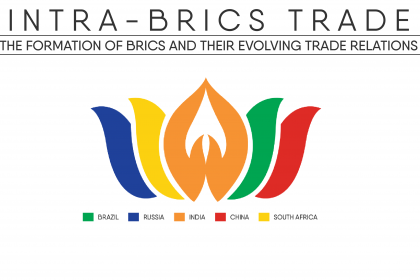 Courtesy: Gateway House
Courtesy: Gateway House
This infographic seeks to trace the evolution of BRICS from O’Neill’s original vision to its current form, while illustrating how intra-BRICS trade has evolved over the past 15 years.
China will be hosting the G20 Summit in Hangzhou on the 4-5 September 2016. Huang Wei, Director of Research, Department of Global Governance, IWEP-CASS, gave an interview on the sidelines of T20 Mumbai where she discussed how structural reforms can add energy to the world economy and help stabilise financial markets.
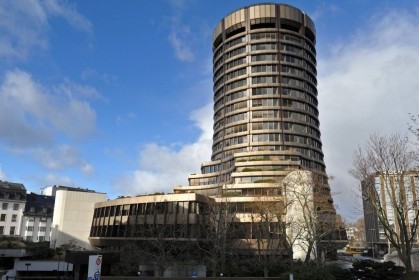 Courtesy: Quartz
Courtesy: Quartz
Regulations are the new focus of economic statecraft. Their increasing importance is reflected in the negotiations on global financial standards, plurilateral trading rules, and regional economic unions.
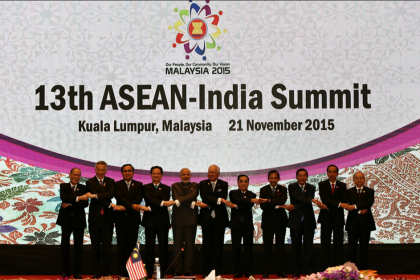 Courtesy:
Courtesy:
In two years, the Modi government’s Act East Policy has gone well beyond the focus on economic ties of its predecessor, the Look East Policy. It has made progress on many wider fronts, including connectivity and defence collaboration. India must now build on this success and further consolidate relations and trade links with ASEAN and beyond
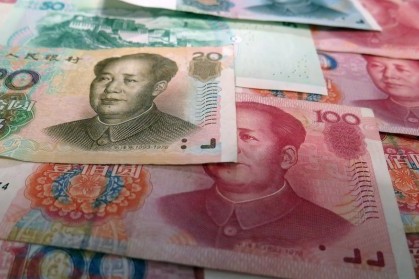 Courtesy: Pixabay
Courtesy: Pixabay
China’s stock market has tanked over 20% in January 2015. More than the fall in the stock market, it is the reaction of the Chinese authorities that suggests bigger problems.
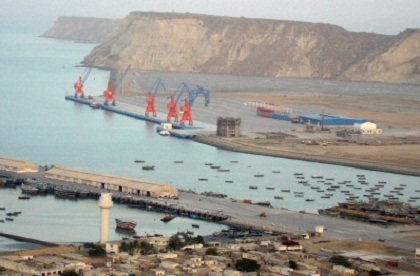 Courtesy: Wikipedia
Courtesy: Wikipedia
Is China actively building up its maritime presence in the Arabian Sea, to dominate vital sea lanes and perhaps encircle India with a chain of naval bases? There can be little doubt that China views Gwadar as a potentially useful asset. China, however, will know better than anyone that Gwadar has two considerable limitations.
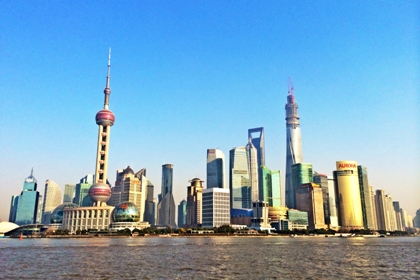 Courtesy: Wikipedia
Courtesy: Wikipedia
Low GDP growth numbers and the tumbling Shanghai Composite are not enough to judge China’s economic management strategy. It is the long-term, structural, and geoeconomic challenges that will determine the country’s economic future
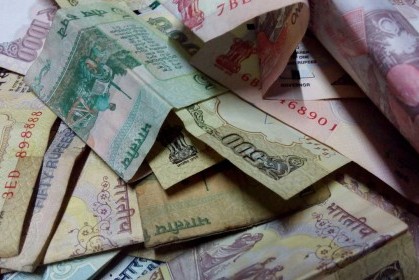 Courtesy: Pixabay
Courtesy: Pixabay
India’s merchandise exports have now contracted for 13 months in a row, reflecting the global slowdown and impact of China’s economic recalibration. But, therein lay new opportunities and challenges for India’s economic diplomacy
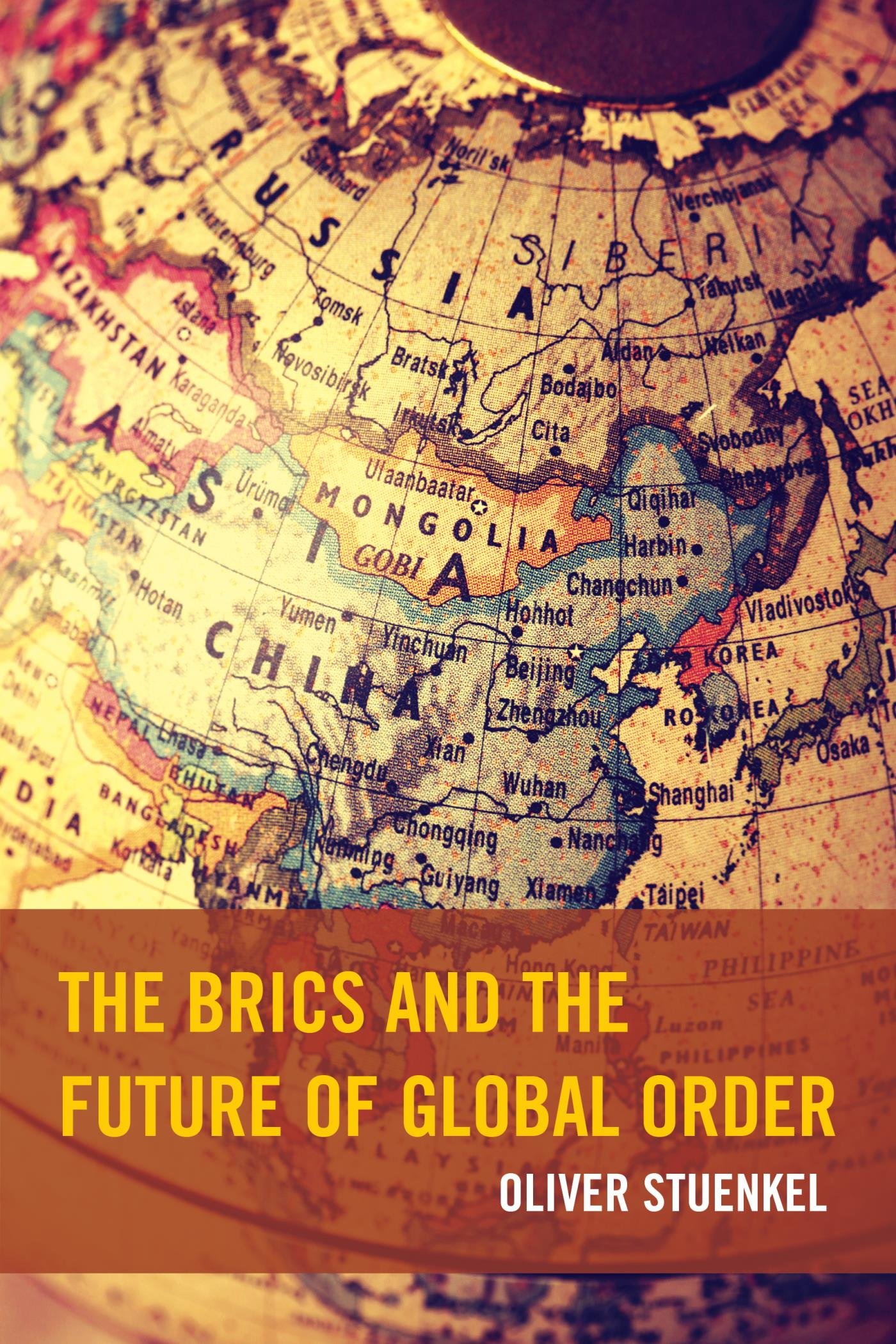 Courtesy: Lexington Books
Courtesy: Lexington Books
Oliver Stuenkel's book provides a well-researched account of the evolution of BRICS – starting from the forum’s inception in 2009 to the present – and the interactions between Brazil, Russia, India, China and South Africa on global issues.
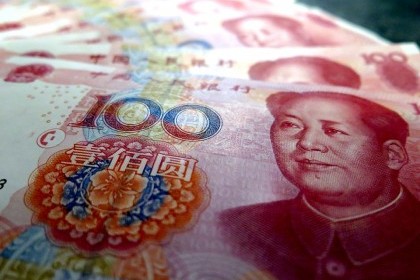 Courtesy: pixabay
Courtesy: pixabay
The Chinese Renminbi is now the first in the developing world to find a place in IMF’s basket of reserve currencies. But the road to its inclusion becoming effective is still almost a year away. In this time, China will likely further integrate its currency with global markets